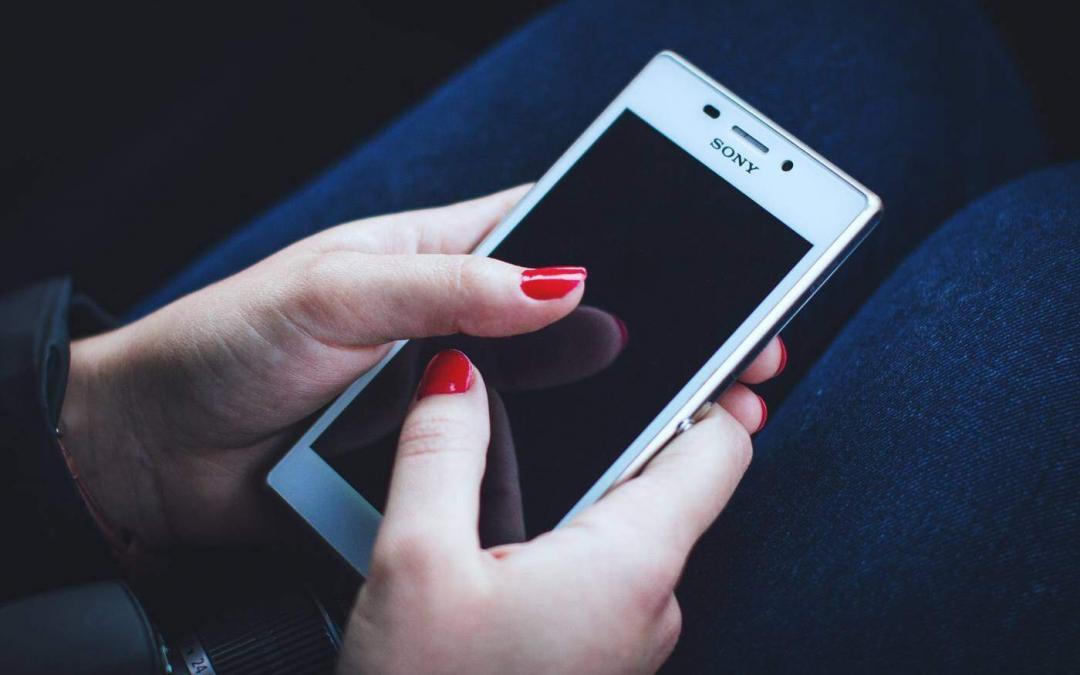I was looking at an advertisement for a product to block cell phone radiation earlier today. The comments posted on it were both positive and negative. People were debating the signal levels for the front and back of the phone, as well as a number of other things. Much of the discussion showed a lack of understanding of the phone and what the shield was supposed to do.
To begin with, a cell phone is a full-duplex radio device that can operate across multiple frequency bands and features an advanced user interface. Consequently, it emits some radio frequency (RF) energy, commonly referred to as radiation. However, this type of radiation is not as alarming as it may sound, because it is non-ionizing—unlike the ionizing radiation produced by nuclear materials. In fact, we are constantly surrounded by various forms of non-ionizing radiation; even visible light, which is essential for vision, is a type of radiation. While it is true that high levels of RF radiation can be harmful—as demonstrated by the way a microwave oven cooks food—a cell phone emits RF energy at levels that are significantly lower than those produced by a microwave oven.
The cell phone shield includes a demonstration video designed to showcase the product’s effectiveness. In the video, measurements are taken from various locations around the phone, both with and without the case, to illustrate a purported reduction in radiation. The video then proceeds to depict several satisfied users operating their phones.
However, a significant flaw exists in the premise of the cell phone radiation shield. The phone’s RF (radio frequency) signal—often referred to as “radiation”—is not merely an incidental by-product; it is essential for the phone’s communication with cellular networks. If the RF signal were genuinely blocked as the product claims, the phone would be unable to function properly.
Two explanations could account for what is observed in the demonstration video: Either the shield is ineffective and does not actually block any radiation or the shield severely diminishes the phone’s range, meaning the device would only work in areas with particularly strong cellular signals.
Additionally, the phone itself is designed to compensate for signal loss. In areas with a strong signal, the phone automatically reduces its transmission power to conserve battery and minimize interference with other users. Conversely, if the signal is weak or obstructed—such as when a shield blocks the RF signal—the phone increases its transmission power to maintain a connection with the cellular network. As a result, the use of a radiation shield could actually cause the phone to emit even more radiation, drain its battery more quickly, and decrease its operational range.
Additionally they claimed to reduce ELF (Extremely Low Frequency) radiation, which would be generally caused by power line magnetic fields. The phone is run on a battery, which is DC so the phone does not produce ELF radiation. However the phone will produce a small amount of audio frequencies but not at a significant level that is capable of causing any harm to living tissue. You will get much more ELF exposure sitting next to a lamp in your house than the cell phone is capable of producing.
Other examples of products that prey on the lack of understanding of people have been stickers that are supposed to absorb the radiation, or even increase the range of the phone. With sufficient techno-babble they sound almost plausible, but they have no effect on any energy that does not come in to contact with the sticker. Even if they do absorb the energy that crosses it, they do not suck it out of the room.
There is no shortage of misinformation on the Internet.
